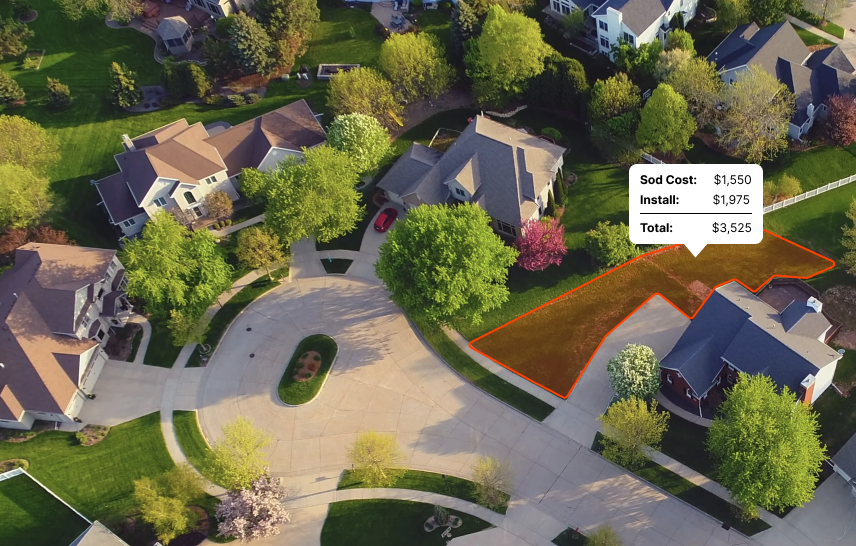You want grass that can stand tall, come rain or shine, or in Oklahoma's case, humidity or drought.”
Introduction
In Oklahoma, you've got hot summers, mild winters, and a humidity that clings like a second skin. It's the kind of place that demands grass that can take the heat, laugh in the face of drought, and has roots that run deep.
Think about laying that green carpet in spring or fall. Why?
That's when Oklahoma enjoys cooler temperatures and the soil is still whispering secrets of moisture. It's just the right kind of comfy for new grass to settle in.
Most of the good grass-growing action is centered in the heart and east of Oklahoma. It's a bit more forgiving there climate-wise, which is why your grass will thank you.
What are the best sod types for OK?
In the world of landscaping, not all grasses are created equal. Each thrives in a specific climate zone: cool, warm, or transition.
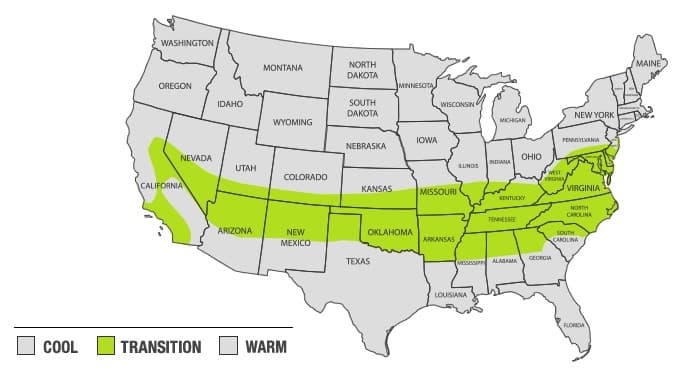
Oklahoma, with its transition zone climate, prefers a particular set of grasses that relish the a wide range of temperatures. The following sods are the easiest to grow and maintain in Oklahoma:
While it's possible to grow grasses meant for other regions with proper care, attention and timing, these are the most common grasses in Oklahoma for residential lawns.
Level Up Your Lawn Skills
Once per week we'll send you an interview from someone who has mastered the art of lawn care.
Recommended species for shade
Set down your sunscreen, friends, because we're headed into the shade. When life gives you shadows, we've got the grass to make your Oklahoma lawn lush.
Zoysiagrass is a champ. This thing's tough. Adapts to any soil and requires little maintenance. Four hours of sunlight is all it takes for this one. Zoysiagrass has a dense growth which resists weeds and diseases. Plus, it's drought-tolerant. Kids playing a rough game of tag won't faze it a bit.
St. Augustine grass is another strong contender on the shade-loving squad. With its broad dark green blades, it's a looker. It loves basking in the shade but can tolerate about six hours of sun, too. It's a thirsty grass, though, so make sure you keep that irrigation system handy, folks.
Then we've got Tall Fescue. Certainly not short on benefits. This grass tolerates both the shade and the Oklahoma heat. A winner against drought, too. Five hours of sunlight and it'll be your lawn's best friend. Plus, it's pretty good on the barefoot-comfort scale.
Last but not least, Kentucky Bluegrass sneaks in. Yep, it's not just for the Bluegrass State. This cool-season grass can take on the shade like a champ, given a solid four hours of sunlight. It's slow to establish but that gorgeous dense carpet of fine-textured dark green makes it worth the wait.
Got some shade on your Oklahoma lawn? These grasses are the starting lineup. Zoysiagrass, St. Augustine, Tall Fescue, Kentucky Bluegrass... pick your player. A dark corner doesn't have to be a lawn hassle. Turn it into a green oasis. You've got this. Next up, we'll tackle sod selection for those Oklahoma lawns that bask in the sunnier side of things. Stay tuned.
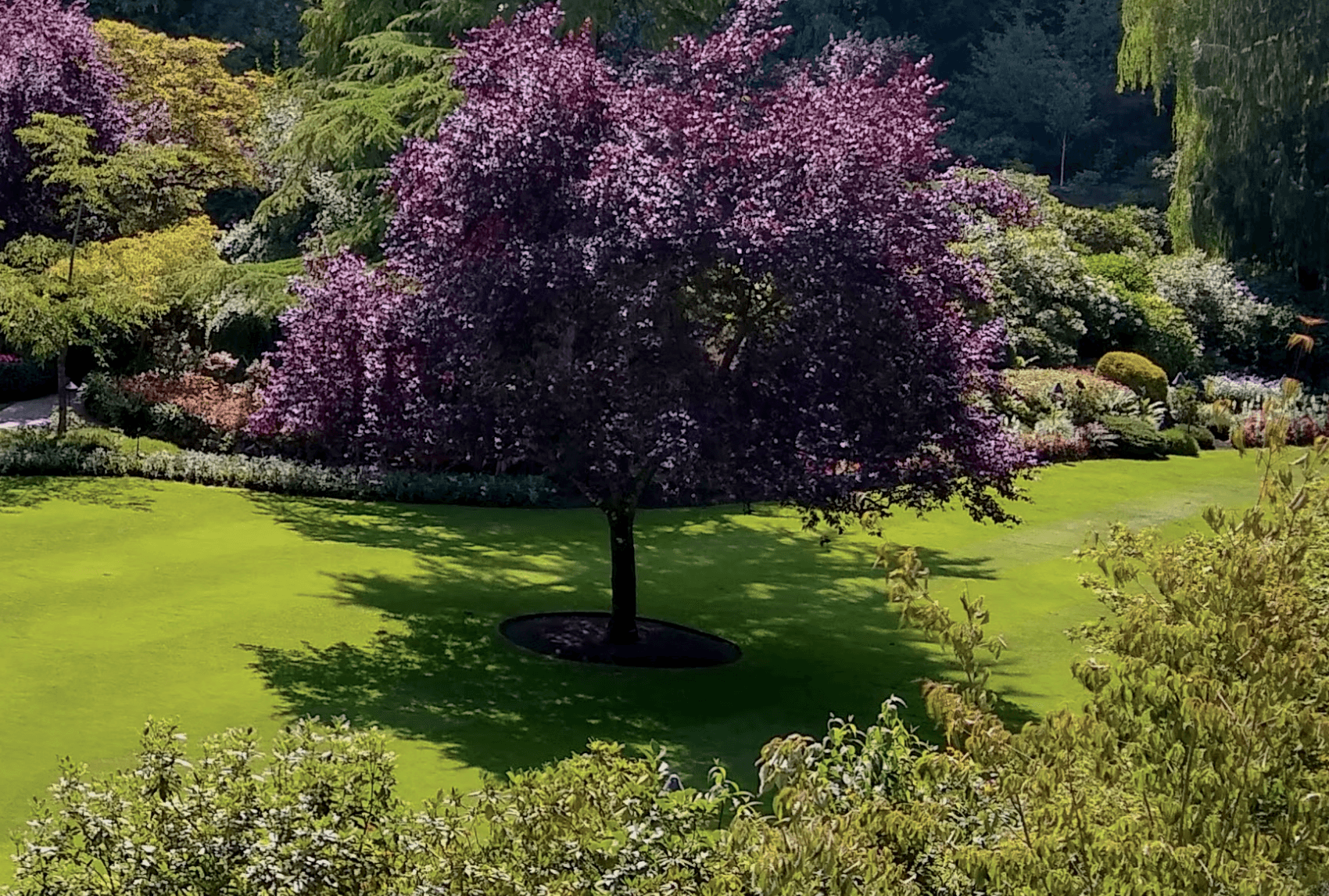
Recommended for full sun or partial sun
Choosing the right sod for your lawn depends heavily on the sunlight exposure in your yard. Different grass types have varying light requirements for optimal growth and appearance. Assessing whether your lawn receives full or partial sun is essential in selecting sod that will flourish and stay healthy in your specific environment.
Below are some sod options recommended for either full sun or partial sun conditions in OK:
| Grass Type | Sun | Good to Know |
|---|---|---|
| Bermuda | Full | Bermuda grass thrives in full sun and is known for its drought tolerance and ability to withstand high temperatures. |
| Zoysia | Full | Zoysia grass prefers full sun but can tolerate some shade. It is known for its dense turf and resistance to pests and diseases. |
| Tall Fescue | Partial | Tall Fescue is adaptable to a range of conditions, including partial sun, and is known for its deep root system and tolerance to drought. |
What varieties stay green year-round?
As with anything agriculture related, there is some nuance to this question. There are many grasses that can stay green year round in but it depends heavily on your location within Oklahoma as well as any microclimates that may exist.
The following grasses have the ability to stay green year round in Oklahoma:
| Grass Type | Caveats |
|---|---|
| Bermuda | It typically goes dormant and turns brown after a few hard frosts in the fall and stays that way until temperatures consistently hit the 60s in the spring. |
| Zoysia | It can stay green nearly year-round in milder climates without severe winter freezes or overly high summer temperatures. |
| Tall Fescue | It typically stays green throughout the year in milder climates, given that it isn't overly stressed by heat or drought in the summer. |
What is the best time to lay sod in Oklahoma?
For transition zones, consider the type of sod. For warm season grasses, aim for late spring. This gives them a full summer to establish before winter. For cool season grasses, fall is best, allowing roots to develop in mild temperatures. Whichever you pick, avoid extremes of summer and winter. So, late spring for warm grasses, fall for cool ones, and skip the severe seasons.
As you can see in the image below, you'll notice the most shoot growth (the grass above ground) and root growth in the spring and fall for cool season grases and during the summer for warm season grasses:
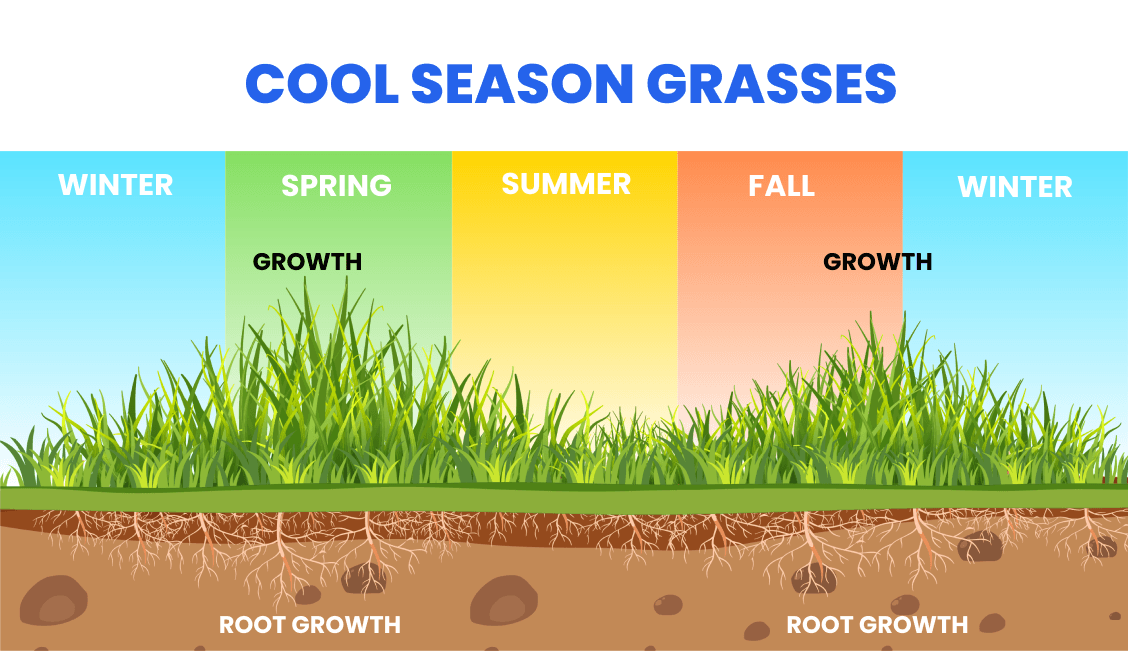
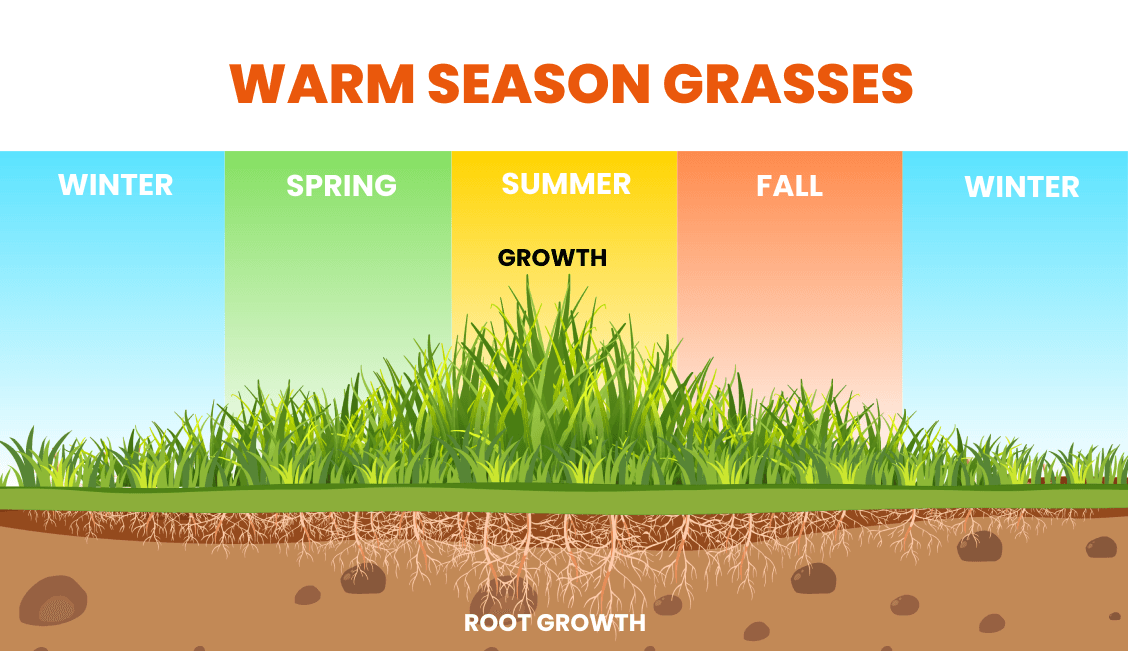
Find reputable companies for installing sod in OK
Here are the top problems you'll face when trying to get sod installed by a landscaping company:
- They're not transparent about pricing. You'll often get a quote that's way higher than you'd expect.
- They're hard to get ahold of on the phone or you'll reach out online but won't hear back.
- It's hard to pin them down for a specific date. Because you can only bring sod from the farm when there's decent weather, this causes some delays at times. It also has a short shelf life, so it's important to get it installed within a day or two of delivery.
We've done all the work for you. Click below to get a quote from one of the top installers in Oklahoma.

